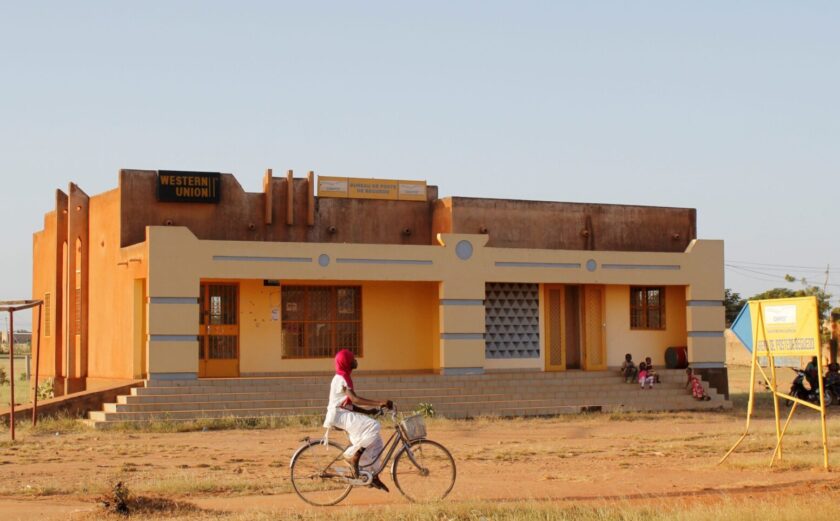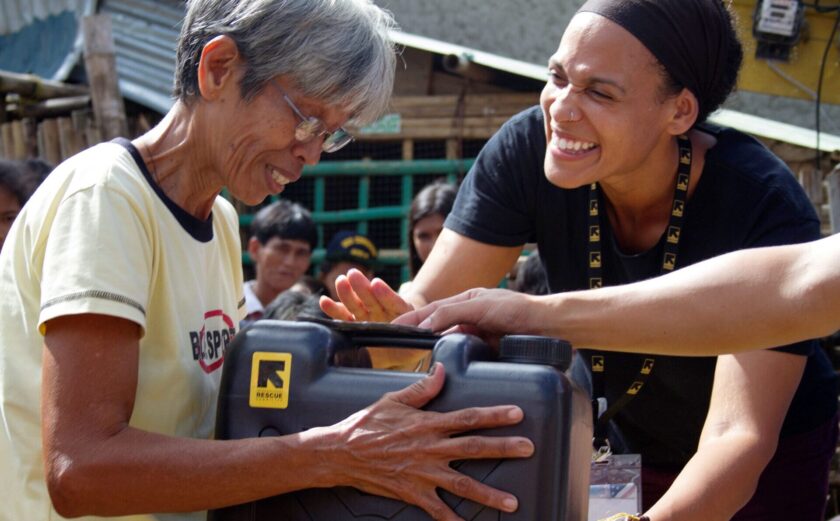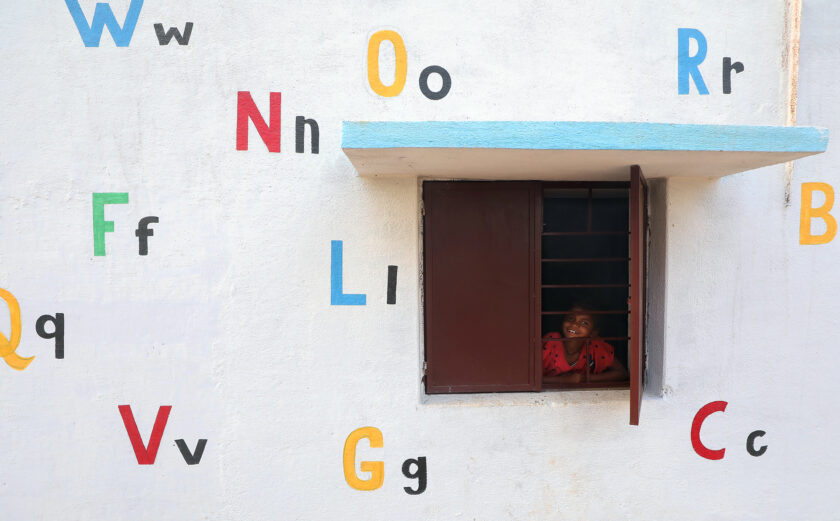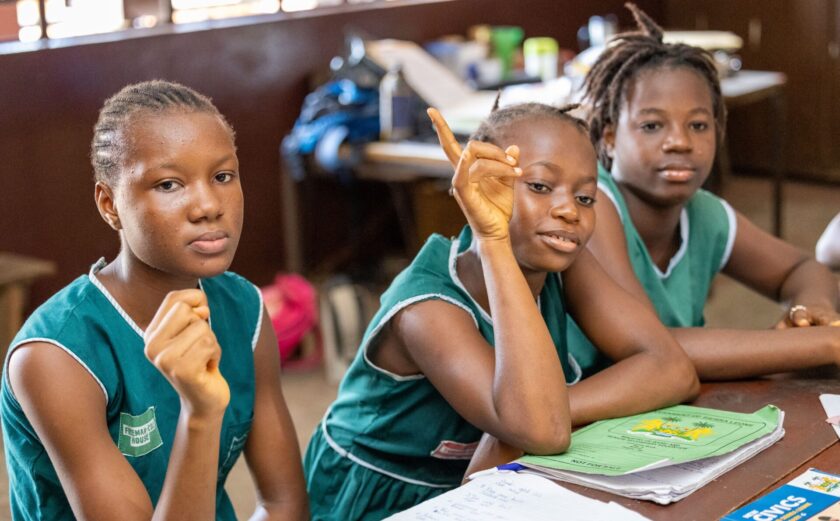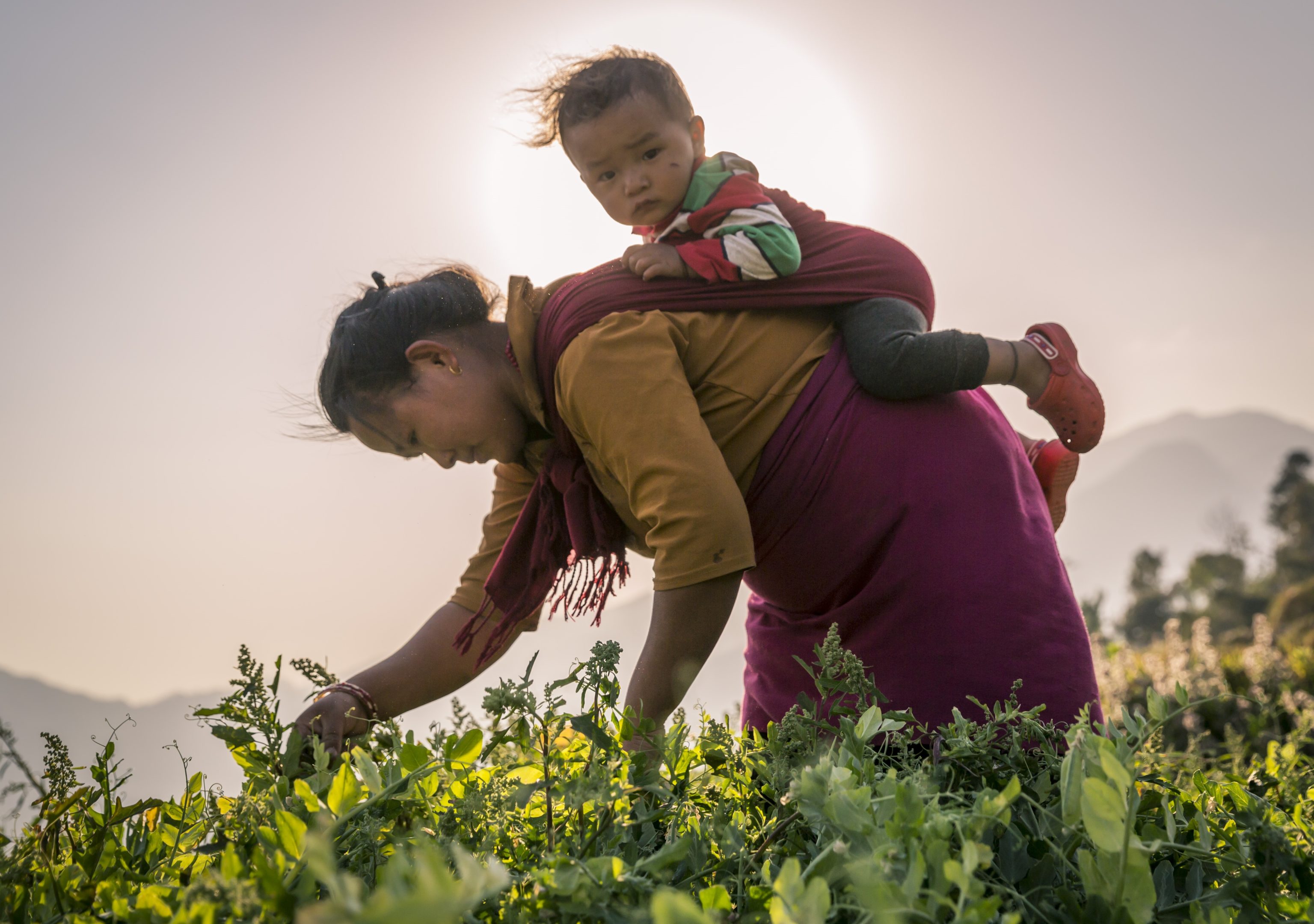
The Impact and Future of the Global Food Security Act
Annie Dee loves to talk about soil.
And understandably so. Dee, an energetic woman with a fondness for farming technology, oversees Dee River Ranch, a 10,000-acre family farm in Pickens County, Alabama, that harvests timber, grows row crops, and raises cattle. As a farmer and member of the Farm Journal Foundation’s Alabama Farm team, she understands the value of improving soil quality to increase crop yields, combat food insecurity, and benefit both the local and global community.
Nuhu Mariama, a recent business owner from Dorimon, Ghana, produces oil and other products from moringa, a tree with nutritional properties. After attending a training on how to process the plant, she began to grow more of it in her garden and to make cosmetic products from it, expanding operations to Wa, the region’s capital city, and increasing her income enough to provide for her five children.
What do these two women have in common?
They are bound together by the challenges and opportunities presented by innovations in the agricultural system, global hunger, and resilience among people and systems. They are also participants of the Feed the Future program, the U.S. government’s interagency global hunger and food security initiative.
Dee had the opportunity to exchange ideas with Ghanaian farmers surrounding these complex, dynamic issues last year, when she traveled to Ghana to participate in an agricultural technology training program with female soybean farmers through Feed the Future, and the training that spurred Mariama to start her own moringa business was facilitated by the program.
Feed the Future was codified into law in 2016 with the bipartisan passage of the Global Food Security Act (GFSA). Since its passage, GFSA has shepherded an updated whole-of-government Global Food Security Strategy, strengthened the accountability, implementation, and effectiveness of the Feed the Future Initiative, and reinvigorated a global commitment to help people feed and nourish themselves. This work is needed now more than ever. For the first time in decades the number of people who are hungry globally is on the rise. The World Food Programme estimates that 815 million people (or approximately 1 in 9) go to bed hungry every day. Even more – one in three – suffer from some form of malnutrition.
With the leadership of Senators Robert P. Casey, Jr. (D-PA) and Johnny Isakson (R-GA) and Representatives Chris Smith (R-NJ) and Betty McCollum (D-MN) and the commitment of nongovernmental and civil society organizations, faith-based organizations, U.S. academic and research institutions, U.S. businesses, national governments, multilateral institutions, and U.S. farmers, GFSA was met with overwhelming bipartisan support and signed into law in 2016.
Now, as it celebrates its 2nd anniversary, the legislation, a vital component of promoting country ownership of agricultural systems and strengthening relationships between civil society, NGOs, research institutions, and the private sector, needs to be reauthorized this year.
A Critical Conversation
On Tuesday, March 20, InterAction organized an event exploring the impact of GFSA since its passage and the prospects for its future from the perspectives of U.S. organizations directly involved. The panel, moderated by Kimberly Flowers, director of the Humanitarian Agenda and Global Food Security Project at the Center for Strategic and International Studies, featured Dr. Jagger Harvey, the director of the Feed the Future Innovation Lab for the Reduction of Post-Harvest Loss at Kansas State University, Paul Guenette, Chief Communications Officer at ACDI/VOCA, and Amy Davies, Vice President of Food Security and Agriculture at RTI International.
Assistant to the Administrator in the U.S. Agency for International Development’s (USAID’s) Bureau for Food Security Beth Dunford gave opening remarks, stressing the progress that Feed the Future has made in fighting food insecurity.
Indeed, according to Dunford, since the initial authorization of GFSA, there has been a 20% decrease in stunting and a 20% drop in poverty levels in Feed the Future target areas. Rice yields have increased by 85% and there has been a 22% increase in maize yields.
“The GFSA gave us a north star. It was a catalyst for consistent action around food insecurity,” Dunford said.
“Not Just About Food”
The GFSA has impacted much more than simply food production and nutrition, however. While working with country partners on food security initiatives, the panelists emphasized that self-reliance, building inclusive market systems, and promoting collaboration with the private sector are central to programming.
“Food security is not just about food. It’s about giving farmers in rural areas a disposable income,” said Paul Guenette. “We’re looking to increase the competitiveness of the market channel while also increasing inclusiveness. That’s what’s going to build local capacities to look at market signals and respond.”
While attending a meeting between producers and buyers in Senegal, Amy Davies noticed that female farmers who had been given grants shaped the discussion’s agenda. “What struck me was that women were there, and they weren’t just participating. They were leading the group. They were really articulating their needs as farmers.”
Feed the Future and GFSA align not only producer and buyer interests within partner countries but also with the interests of local governments. For Senator Robert P. Casey, Jr., supporting GFSA is a strong step in both maintaining and advancing U.S. global leadership. Kimberly Flowers highlighted the connection between global food security and national security, arguing that it is important to examine food security programs under a strategic interest lens. Further, it is mutually beneficial to have farmer-to-farmer exchanges across countries, leveraging the expertise of experts to tackle problems in partner countries.
“Really what we’re talking about is helping the farmers out in the target country but also helping ourselves out at home. They are inextricably tied,” added Dr. Jagger Harvey. “There’s a lot that we can learn out there by addressing things out there on the front lines that can also help us in the U.S. We have so much to give.”
While many critics of foreign aid have argued that it diminishes economic opportunity for U.S. workers, markets for U.S. farmers have been shown to open as assistance increases. For instance, in Ghana, Feed the Future facilitated $60.9 million in agricultural loans in 2016. Nearly 156,000 farmers have applied new technologies to their crops on 96,000 hectares of land with the help of Feed the Future and local partner organizations. Currently, Ghana is a major U.S. trade partner.
While such assistance benefits all parties involved, country leadership is fundamental to the Feed the Future program. In Kenya, USAID and other major donors supported the agriculture market while investing in critical infrastructure as part of a drought emergency plan. In 2017, a severe drought affected the nation’s crop production, but markets remained strong in a display of resilience.
The Way Forward
Despite such overwhelming successes, there is much to be done in the fight against global hunger. With reauthorization of GFSA in 2018, Feed the Future will have the security to expand its sphere of influence and prioritize resilience and nutrition programs, effectively responding to current global crises that affect food production and focusing on youth as important economic actors in the food system. There are also plans to roll out expanded monitoring and evaluation systems to increase program transparency and accountability to taxpayers.
Nevertheless, communicating the necessity of such programming to governments and the public remains a challenge.
According to Senator Casey, this issue is “not in the headlines every day. It’s not the subject of drama. But we need to get the word out.”
“This is an issue that is a matter of basic justice,” he added. “Some people can never affect an issue like this because they never have the opportunity. We do.”
See the event’s Twitter moment here: The Impact and Future of #GFSA
